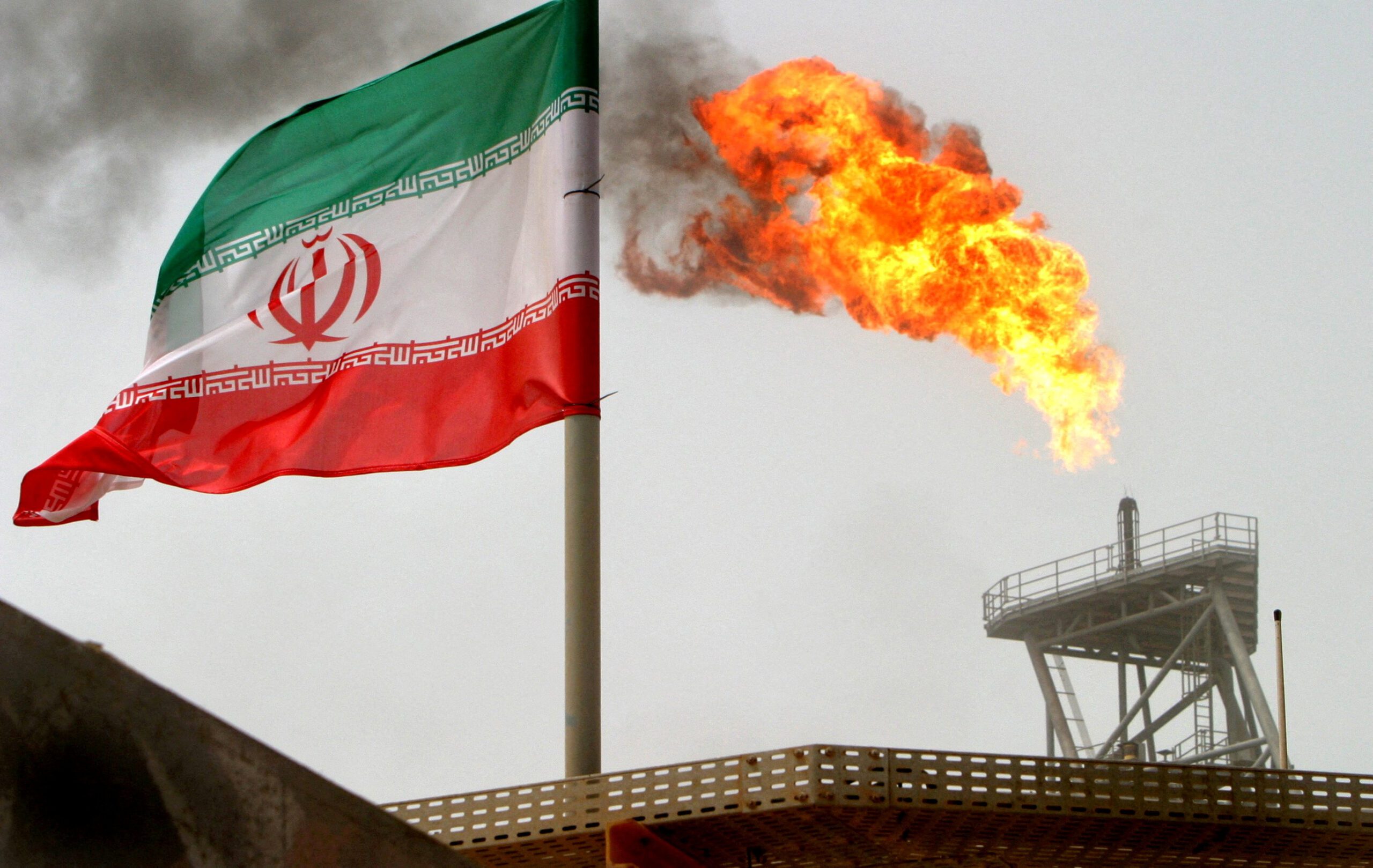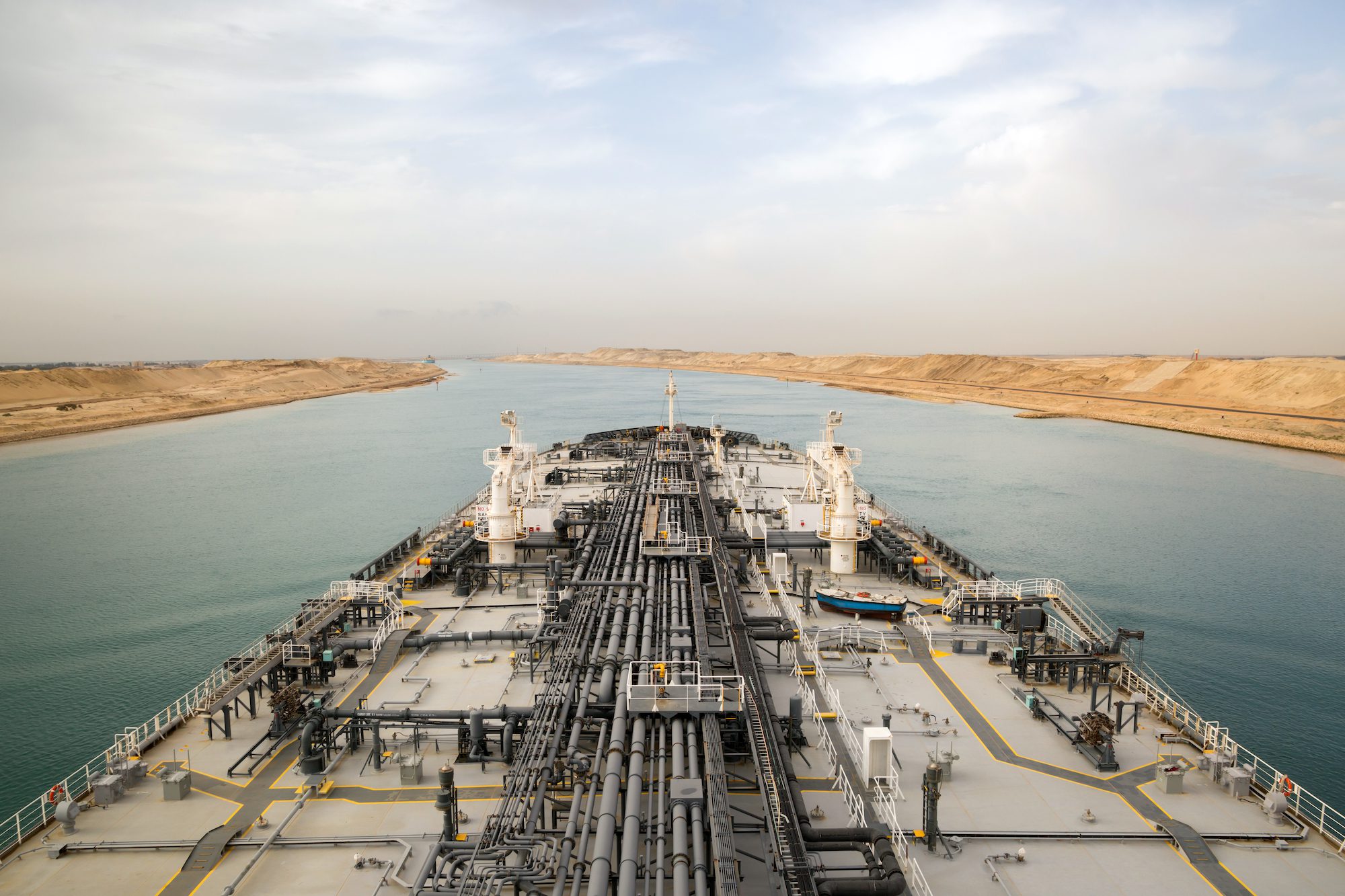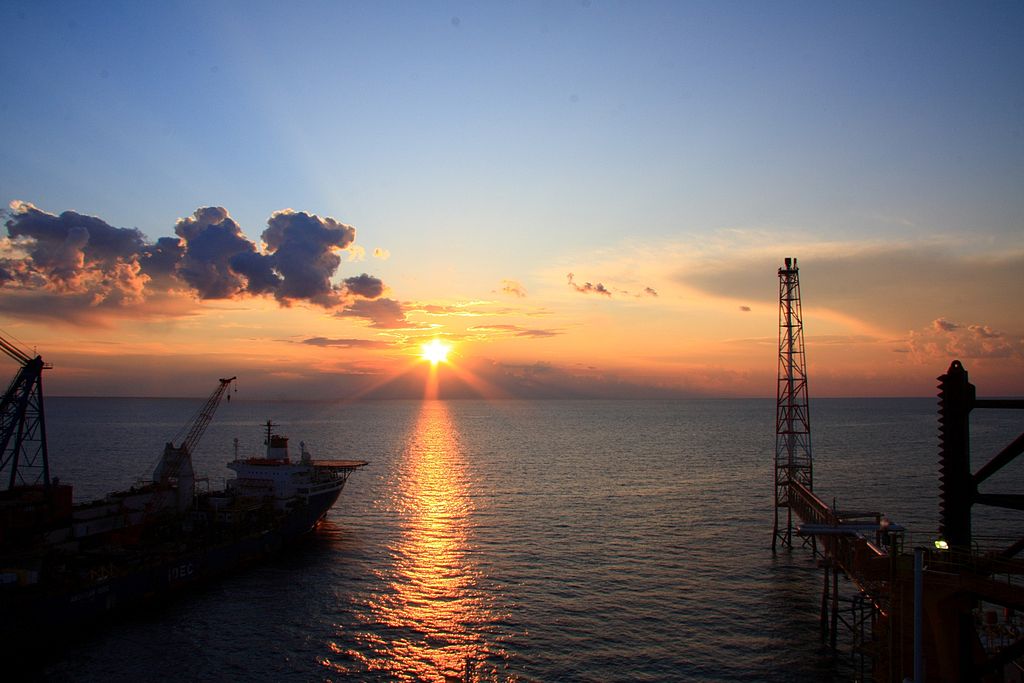By Julian Lee — June 18, 2025 (Bloomberg) — Iran’s oil exports have jumped since the nation came under attack from Israel on Friday, according to a firm that specializes in monitoring clandestine shipping.
The Islamic Republic exported an average of 2.33 million barrels a day since June 13, according to data from TankerTrackers.com. That’s an increase off 44% compared with the year through June 12. The lion’s share of that oil comes from Kharg Island, home to a cluster of storage tanks that are critical infrastructure for Iran.
Tel Aviv’s attack drove up crude prices and tanker rates as traders and investors wagered on disruption to petroleum flows and cargo shipments from the world’s top oil-producing region. The snapshot from Kharg is another sign that — for now — there have been limited curtailment, with vessel movements through the Hormuz shipping strait at the mouth of the Persian Gulf also holding up.
“To me, it seems very clear what they’re doing,” TankerTrackers co-founder Samir Madani said of Iran’s approach. “They’re trying to get out as many barrels they can but with safety as their number one priority.”
TankerTrackers specializes in inspecting satellite imagery to address gaps in the industry’s main tool for monitoring ship movements, so-called Automatic Identification System signals. That’s helpful when it comes to Iran because many ships tied to the country’s trade have switched off their automated transmissions, making them harder to track.
Oil Spared
There’s no sign that Israel has been attacking Iran’s oil-export infrastructure. However, if Tehran were to concerned that the situation could change, then maximizing exports would be a way of maintaining deliveries and petroleum revenues from them — at least in the short term.
Oil is held in closely packed storage tanks at Kharg, making it more vulnerable to attack than cargoes on ships dotted around the Persian Gulf or heading for China.
Satellite images of the area to the southeast of Kharg, where tankers typically wait before loading, show that empty vessels have been dispersed since the Israeli attacks began.
Iran adopted a similar strategy of dispersing waiting tankers when it previously came under Israeli attack in October. Then, too, it kept exports running without interruption.
In another sign that flows aren’t being constrained from the wider Middle East region, tanker tracking compiled by Bloomberg suggests no notable change in oil shipments through Hormuz. There’s also been no material adjustment in the speeds at which vessels are navigating the waterway, which handles about a fifth of the world’s produced oil.
© 2025 Bloomberg L.P.

 Join The Club
Join The Club











